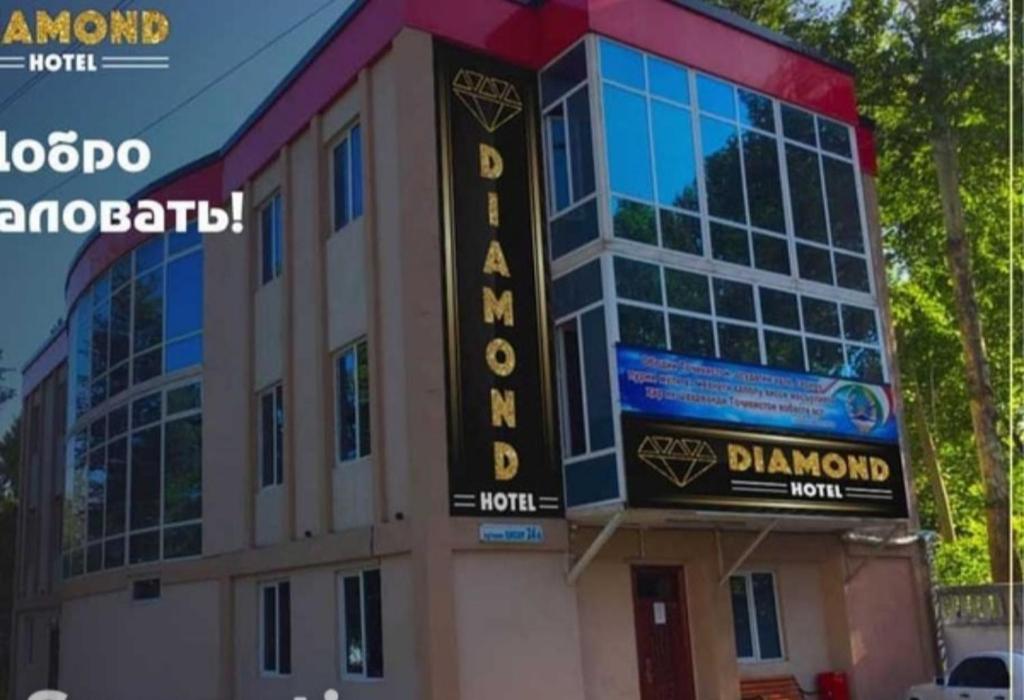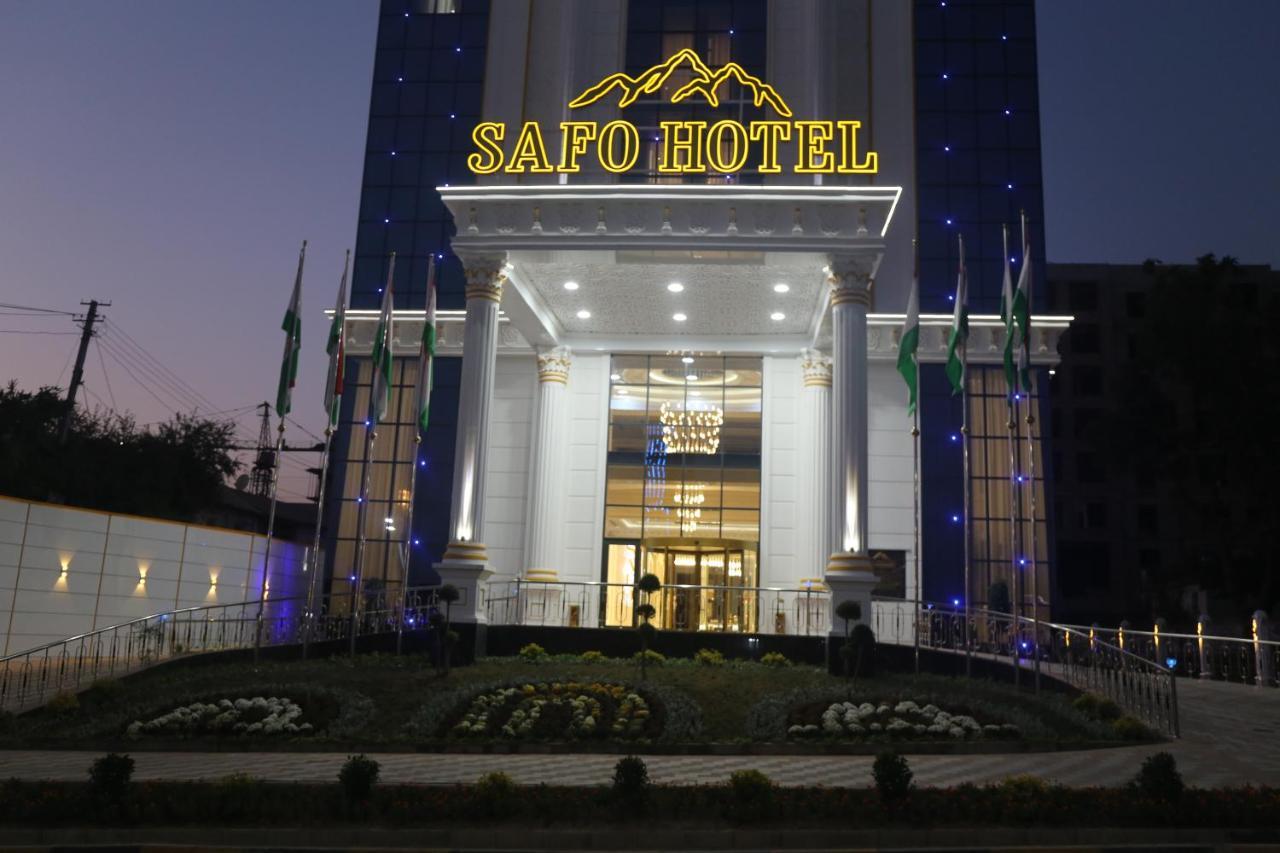This tour package has a historical, cultural and ecological nature, and covers the visit and meeting of the achievements of ancestors, which have had achieved a thousand years ago. The significance of the ancestors' achievements is that they remain world-famous to this day, and the initiators - the ancestors of the Persian-Tajik people who recognized as extraordinary people, scientists and scholars, and prominent figures of religion and knowledge.
TAJIKISTAN is the land of the highest peaks, powerful glaciers, rapid, turbulent rivers, unique beautiful lakes, unique vegetation and rare animals. It is the mountain and lake landscape that determines the distinctiveness and uniqueness of the nature of Tajikistan, the richness of its forms brought by the diversity of climatic zones. In Tajikistan, in an hour and a half of flight from the sultry heat of the Vakhsh valley, you can get into the arctic cold of the eternal snows of the Pamirs.
The history of the Tajik people dates back to the depths of centuries, to the beginning of human civilization. The most ancient finds on the territory of modern Tajikistan serve as the evidence. The mountains and valleys of Tajikistan, the peoples who lived on its territory are mentioned in ancient sources of ancient authors: Pliny and Ptolemy.
At the beginning of the 9th century, trends towards national self-determination of the people arose, the first state formations of the Tajik people appeared, the largest of which was the Samanid state with its capital in Bukhara, founded by Ismail Somoni from the Samanid dynasty.
The Tajiks made a significant contribution to the spiritual treasury of civilization, gave the world outstanding and remarkable scientists, philosophers, writers, poets and architects whose works have become an integral part of the scientific and cultural baggage accumulated by the world civilization. Examples of this are the lyrics of Abuabdullo Rudaki, the founder of Persian-Tajik literature, the immortal poem “Shahnameh” by Abul Qasim Ferdowsi and “The Canon of Medical Science” by Abu Ali Ibn Sina (Avicenna), the treatise that for centuries served as the main medical guide in European educational institutions. The world poetry stars: Omar Khayyam, Rumi, Saadi, Hafiz, Jami, masters of artistic creativity Borbad, Mani, Behzod – were known far beyond the boundaries of ancient Sugd, Khorasan and Movarounnahr – the main territory of modern Central Asia.
The basis for the development of Tajik culture and history stems from ancient Samarkand and Bukhara; therefore, arriving in Central Asia without visiting Samarkand, Bukhara and Tajikistan, this means that you have not conquered the best creations of ancient civilization.
DESTINATION: Samarkand (Uzbekistan) – (Tajikistan) Panjakent, ancient Sarazm, Seven Lakes – Ayni, Iskanderkul Lake – Dushanbe, city excursion – Hissar, Hissar Fortress
ARIVAL DAY, Samarkand-Panjakent, SEVEN LAKES
14:00 - You will be picked up from Samarqand, from your staying hotel and departure to Panjakent, Tajikistan.
Note: in supposed to save the time there is will be used two shuttle (vehicle): first from Samarqand to Tajikistan border (as taxi), and other from Tajikistan border, Company private vehicle.
16:00 - As you have arrived Penjikent we will visit Sarazm, ancient city with 5500 year old.
SARAZM - is the first World Heritage Monument in Tajikistan. This is the oldest settlement (IV—II millennium BC) located 15 km west of the district center of Penjikent, on the left bank of the Zeravshan River. Well-preserved palace and religious buildings, public and residential buildings are of great historical and cultural value. Metal and stone products were found at the excavation site, as well as numerous jewelries made of precious stones and processed seashells. The settlement is located within the Bactrian-Margian Archaeological Complex.
PENJIKENT - is an administrative center in the Sughd region of the Republic of Tajikistan. Penjikent is located in the valley of the Zarafshan River east of the city of Samarkand, at an altitude of 900 meters above sea level. The city is rich in its sights, architectural monuments, a beautiful recreation area on the banks of the Zarafshan River
17:00 - In this tour we have chance to have a visit (by transport) to the 4th Lake of Seven Lakes.
"Haft Kul" or "Seven Lakes" is the name of cascading lakes among the Fan Mountains in the northwestern part of Tajikistan, near the city of Penjikent. A group of mountain lakes amazes visitors with their bright and constantly changing colors. Each lake has its own name: the lowest lake, which travelers usually meet first, is call Mijgon. Next are Soy, Khushor, Nofin, Khurdak, Marguzor (the largest) and Hazorchashma (the highest).
Seven lakes are in the Fan Mountains, in the gorge of the Shing River. Ancient petroglyphs discovered on the shore of one of the lakes indicate that the lakes are quite old. The lowest lake (Mizhgon) is located at an altitude of 1,640 meters, and the highest (Hazorchashma) is 2,400 meters. The height difference between the lowest and highest lakes is 760 meters, and the distance between them is more than 14 km.
19:00 – Return to Panjakent
20:00 – Dinner in national restaurant and accommodation to Hotel
Panjakent-Dushanbe, ISKANDERKUL LAKE
08:00 – Breakfast in hotel
09:00 – Continue our trip to the Lake Iskanderkul
FANN MOUNTAINS. Iskanderkul, considered the heart of the Fan Mountains, is surrounded by several peaks- five thousand meters – Bodhona, Chapdara, Maria, Mirali, Zindon. The highest is Chimtarga (5,487 meters). The Fanns boast about a hundred peaks, with several rising to altitudes of more than 5,000 meters and relative elevations of up to 1,500 meters
12:00 – arriving Iskanderkul and lunch at beach of Lake
ISKANDERKUL - The Lake Iskanderkul was calling a pearl in the palms of the mountains, a living legend. The name of the lake in Tajikistan comes from the name "Iskander" (meaning "Alexander") and the word "kul" (translated as "lake"). Some legends say that the reservoir got its name since the Great Alexander visited it during a campaign to India from Central Asia. Many of tourists come to this mountain lake for have rest and feeling historic soul. There are guesthouses for their stay here, but foreign visitors prefer to rest in tents. Swedes, Englishmen, Frenchmen and Tajiks themselves come here.
14:00 - Hiking to the Snake Lake, Kuli Moron and Iskandarkul Waterfall
SNAKE LAKE is not far from Iskanderkul Lake. According to the stories of old-timers, many snakes live in it. Locals claim that reptiles will not bite in two cases: when they are in the water and when people drink water. The water in it is warmer than in Iskanderkul, so it is quite possible to swim here.
FANN NIAGARA WATERFALL. Nearest of the Lake Iskanderkul there is an old juniper (juniper bush), the branches of which are decorated with colorful ribbons. Everyone who comes to admire the local amazing waterfall leaves something of his or her own on this tree to return here again in the future. The nearby 43-meter waterfall is calling "Fan Niagara". It is located on the river flowing out of the lake.
16:00 – tour to Panjchashma and Busefal canyon
BUCEPHALUS CAVE - according to another legend, the Macedonian horse, Bucephalus, drank water from the lake during a halt after a long march and fell ill. The commander himself went further to India, leaving his faithful horse here. However, even at such a great distance, he felt the death of his master and threw himself into the lake, remaining in it forever. Since then, during the full moon, every month Bucephalus comes out of the water to graze: the waters part and a snow-white horse comes to the surface of the lake, accompanied by grooms.
PANJ-CHASHMA - a place called "Five Springs" for an unusual natural phenomenon, where pure spring water flows from five highlands into Lake Iskandarkul. The sight is so mesmerizing that it is impossible to take your eyes off.
17:00 – Departure to Dushanbe, capital of Tajikistan
20:00 – Arriving Dushanbe, dinner and accommodation to hotel
DUSHANBE EXCURSION
08:00 – breakfast in hotel
09:00 – sightseeing of Dushanbe
ISMOIL SOMONI complex. Our tour begins with a visit to the Ismoil Somoni complex. In this complex, there is a monument of Ismoil Somoni and Dusti Square. The monument of Ismoil Somoni constructed in honor of the founder of the statehood of the Tajik nation Ismail Somoni. I. Somoni was the head of the Samanids State in the VIII-IX century. Monument height is 11.5 meters; arch height of 40 meters is a symbol of the Eastern state.
NATIONAL LIBRARY - located in Dushanbe, Tajikistan is the main library of the country, specializing in preserving cultural heritage of the peoples of the Republic of Tajikistan. While the original library state library in Dushanbe was founded in 1933 and named after Persian-Tajik author Ferdowsi, the new national library building opened in March, 2012 alongside its new official name. The new nine-story building features 15 reading halls as well as over 20 departments.
KOKHI (PALACE) NAVRUZ — is a new building of 12 unusual halls, each of which is made in its own special national style. It is ready to receive up to 3200 guests at the same time. All the halls of the palace are decorated by local craftsmen: there are wood carvings, Florentine mosaics made from local semi-precious stones, mosaics of colored mirrors, and painted ceilings. On the walls, there are scenes from ancient legends, on the ceiling there are wood patterns made in the old style. Navruz Palace impresses with its splendor and modern luxury - it is a representative palace in which important political events of the country and international meetings take place. It was within these walls that the 14th SCO summit took place
NATIONAL MUSEUM — located in the center of Dushanbe. The Museum consists of 22 large and small exhibition halls — departments of nature, antiquity and the middle ages, modern history, fine and applied arts. The exposition area of the National Museum of Tajikistan is 15 thousand m2
FLAGPOLE. Next object, which we will visit, is the Rudaki Park and Flagpole. The STATE FLAG SQUARE is located in the center of Dushanbe, to the left of the Nation Palace. This Flagpole entered in the Guinness Book of records as the Highest Flagpole in the world. The height of the flagpole is 165 meters, area 1800 m2, width 30 meters and length 60 meters.
ISTIQLOL (INDEPENDENCE) MONUMENT AND SQUARE. The Istiqlol-Independence Monument and Istiqlol Square were opened on September 8, 2022 in honor of the 31st anniversary of the State Independence of the Republic of Tajikistan. The 121-meter height of the Istiqlol complex is symbolic, that is, the lower part of the 30–meter complex is a symbol of the 30th anniversary of State independence, and the upper part - 91 meters – represents the independence in 1991 of the last centuries. The total area of the symbolic complex "Istiqlol" is 11900 square meters, the area of the object under construction is 4761 square meters. In the upper part of the complex there is an 8-meter crown made of titanium. In the symbol of Independence, the crown embodies the symbol of statehood, independence, state property and civilization, knowledge of the history of the ancient Tajik people. The base of the complex is an octagonal pyramid and consists of seven entrances. When drawing up a project with the symbol "Crown", the designer relied as a basis on the symbol "Tree of Life", which represents and embodies broad ideas
MEHRGON BAZAAR - is a new and modern grocery market in Dushanbe, commissioned in September 2014. The total area of the market is approximately 30 thousand square meters. The market is located on the eastern outskirts of the city of Dushanbe. The total area of the market building is about 10 thousand square meters. The building consists of 3 floors, on the ground floor mainly fruits, tortillas, legumes, meat, chaka, spices and dried fruits are sold, on the second and third floors there are clothing stores, cafes and service salons, including financial services, communication services. All goods and products of the market are environmentally friendly and very useful for health, which are very difficult to get at ordinary markets or supermarkets.
18:00 – dinner and return to hotel.
Departure Day, Dushanbe-Hissar, HISSAR FORTRESS
08:00 – Breakfast in hotel
09:00 – Departure to Hissar city
10:00 – Arriving Hissar Fortress
The Hissar Fortress, one of the most famous historical monuments of Tajikistan, was built to protect the local population and trade caravans from the raids of nomads. The Hissar fortress still impresses with its power and monumentality, especially after major restoration.
The fortress was built about 3000 years ago, during the heyday, when the routes of the Great Silk Road passed near Hissar. The remaining remains of fortifications were built in the XVI–XIX centuries. The Hissar Fortress in Tajikistan is one of the oldest and largest architectural monuments of Central Asia.
For a long time, the Hissar fortress served as the residence of the governor of the Emir of Bukhara and the base where the state troops were located. To date, only two cylindrical towers and structures around the main gate, forming a pointed arch and built on the instructions of the emir of Bukhara in the XVI century, have partially survived from the fortress. The fortress was completed in the XIX century. All structures are built of burnt brick.
Now it is an open-air museum with an area of 86 hectares, located on the site of an ancient settlement. It is located 30 km from the capital of Tajikistan, Dushanbe.
11:00 – Fortress square / horse riding (at the request and expense of traveler)
11:30 – Visit to the teahouse "Kharbuza" (watermelon), outside seeing.
The teahouse "Kharbuza" — is a unique in the world, it was built in the form of a melon (the Taj: - kharbuza). The teahouse, with a height of 43 meters, length 100 meters, width of 55 meters, is designed to receive 2.3 thousand visitors at a time.
12:00 – Lunch, national cuisine
13:00 – Return to Dushanbe
14:00 – In arriving sightseeing of the largest mosque after name Hazrat Imam A’zam
IMAM A’ZAM MOSQUE. As an honor to the founder and leader of the tolerant Hanafi teachings of Abu Hanifa Numon ibn Sobit, and dedicated to the celebration of his 1310th anniversary on October 5, 2009, a stone was laid in the foundation for the construction of this largest mosque in the Republic of Tajikistan. The mosque was built on 12 hectares of which the building of the mosque is located on 3 hectares and has 3 large entrances. The mosque can accommodate 133,000 worshipers simultaneously, of which 43,000 worshipers – inside the mosque and the rest – around it.
16:00 – Seeing off guests from the hotel to the Dushanbe International Airport
END OF TOUR, COME AGAIN, WE ARE ALWAYS GLAD TO SEE YOU!



